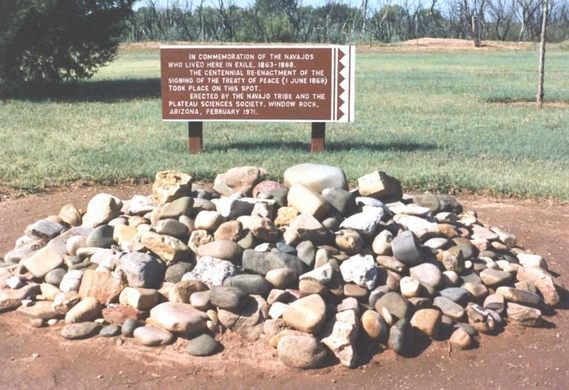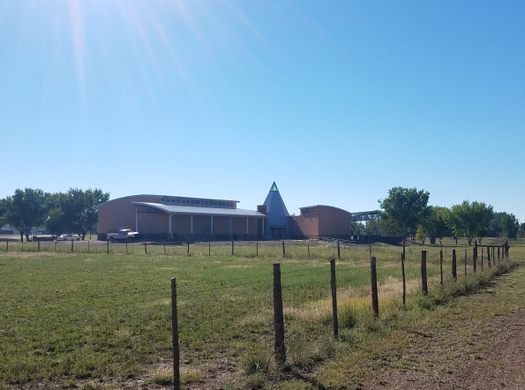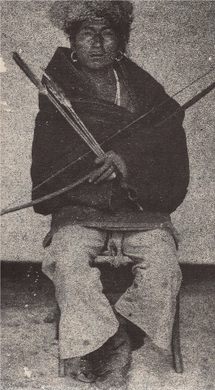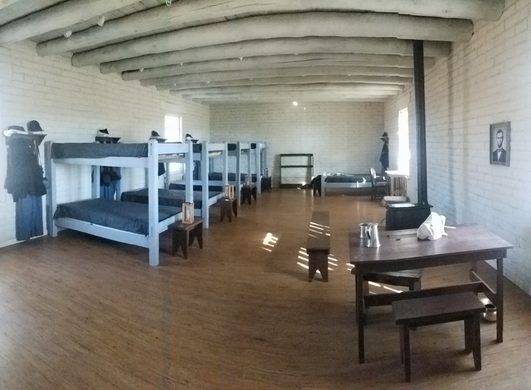Bosque Redondo Memorial
A somber monument commemorates the site of a Native American reservation marked by suffering.
In 1868, General William Tecumseh Sherman and Colonel Samuel Tappan were dispatched to Fort Sumner in the New Mexico Territory to investigate troubling reports about the conditions there and in the neighboring Native American reservation of Bosque Redondo. They were appalled at what they discovered there.
For centuries the Navajo people have lived in what is now known as the “Four Corners,” the area around where the U.S. states of Utah, Colorado, New Mexico, and Arizona meet. Clashes between the encroaching U.S. military and the Navajo began in 1846 and continued for nearly 20 years thereafter. The conflicts finally ended in 1864 when the U.S. military invaded and used scorched-earth tactics, marching from settlement to settlement burning crops and destroying homes and caches of food. Thousands of Navajo began surrendering.
The plan was to resettle the Navajo on a new reservation in the New Mexico territory near Fort Sumner, 350 miles away from their traditional homeland. Beginning in the spring of 1864 the forced marches across the territory began, now known as the Long Walk of the Navajo, also called the Long Walk to Bosque Redondo. At least 300 Navajo died during these marches. The 8,500 Navajo that reached Bosque Redondo were surprised to find 500 Mescalero Apache resettled by the government there as well. The Navajo and the Mescalero were traditional enemies and this would only exacerbate tensions in the years to come.
Soldiers at Fort Sumner were ordered to be ready for the arrival of 5,000 Native Americans and were unprepared when nearly twice that amount arrived. The water of the Pecos River that flowed through the area was unsafe to drink and carried digestive diseases. There weren’t enough trees in the area to supply everyone with adequate firewood. Because of insects and periodic flooding, crops failed every year. Comanche tribes in the area took advantage of the helpless Navajo struggling on the reservation and raided regularly. On one night in 1865 all the Mescalero Apache who were healthy enough to do so escaped under the cover of darkness, choosing to instead live as fugitives from the pursuing U.S. military than toil in Bosque Redondo any longer. The Navajo called the reservation “Hwéeldi,” meaning “a place of suffering.”
Today it is estimated that over 3,000 Native Americans died in the four years that Bosque Redondo operated. General Sherman and Colonel Tappan represented the United States in negotiating a new treaty with the Navajo that would allow them to return to a reservation on their homeland, granting them assistance in the first few years after returning, and recognizing the Navajo as a sovereign nation.
In 1869 the military sold Fort Sumner to a cattle baron who converted the buildings into a small town around his ranch. In 1881, notorious outlaw Billy the Kid was killed by Sheriff Pat Garrett here. In 1968, in commemoration of the 100-year anniversary of the signing of the Treaty of Bosque Redondo, the area was dedicated as Fort Sumner State Monument. In 2005, a museum detailing the Native American history at Bosque Redondo was opened.
Know Before You Go
Open from Wednesday through Sunday from 8:30 am to 4:30 pm. Admission is free. The Bosque Redondo Memorial is part of the Fort Sumner State Monument. The cemetery with Billy the Kid's grave is adjacent to the memorial at the historic site.





















Follow us on Twitter to get the latest on the world's hidden wonders.
Like us on Facebook to get the latest on the world's hidden wonders.
Follow us on Twitter Like us on Facebook